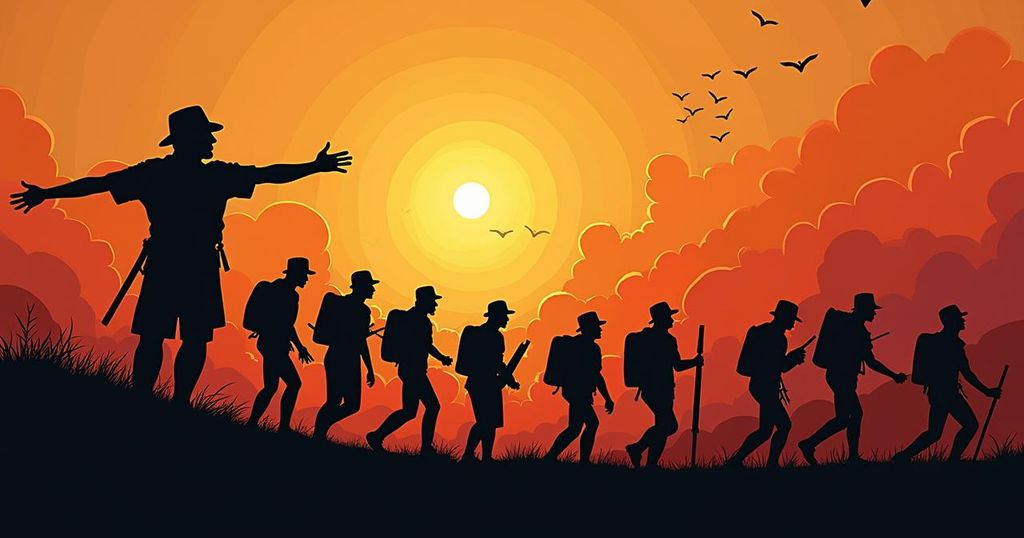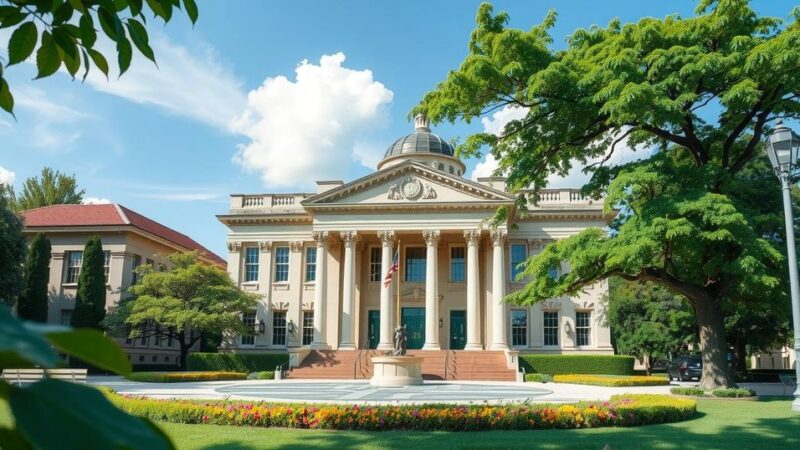The political landscape of Latin America in the 20th century was characterized by military dictatorships and civilian oligarchies that marginalized large populations. The Mexican Revolution of 1910 sparked widespread unrest and significant political changes, leading to the establishment of the PRI and the expansion of political participation in various countries. The Great Depression further disrupted political stability, prompting increased government intervention in economies across the region. Despite advancements, challenges persisted, reflecting the complex nature of Latin America’s political history.
The political landscape of Latin America faced profound challenges and transformations throughout the 20th century, particularly in the wake of socio-economic changes that provoked demands for greater political representation. As the century began, various regimes predominantly consisted of military dictatorships, as seen in Mexico under Porfirio Díaz and Venezuela under Juan Vicente Gómez, alongside civilian oligarchies in countries like Chile, Argentina, Brazil, and Colombia. These governments largely marginalized the majority population, retaining power through electoral manipulation and limited suffrage, failing to offer substantial representation for the broader populace. The Mexican Revolution of 1910 marked a significant turning point, instigated by Francisco Madero, a member of the landowning elite, who initially rebelled against Díaz’s dictatorship, advocating for genuine democracy. Madero’s uprising unleashed a series of conflicts driven by miners, urban workers, and peasants seeking to rectify their own grievances. Although the revolution ultimately culminated in the establishment of a dominant political party—the Institutional Revolutionary Party (PRI)—the benefits often favored labour leaders over the general populace, and land reforms remained partially implemented until the presidency of Lázaro Cárdenas (1934–1940). Post-revolution, Mexico emerged as a comparatively stable political entity within Latin America. Following the revolution, the spread of political participation varied across the region. In Argentina, the electoral reform of 1912 allowed universal male suffrage and contributed to the rise of the Radical Civic Union party, while Chile experienced cycles of instability leading to a new constitution in 1932 that eased oligarchic opposition. Uruguay distinguished itself as a model welfare state, enacting progressive social reforms even prior to 1930. Conversely, in Colombia, economic nationalism took root under the Liberal Party, which re-emerged in 1930. Ecuador pioneered women’s suffrage in Latin America in 1929, though literacy tests limited this achievement. The Great Depression initiated a wave of political instability across Latin America, disrupting progress toward democratic governance and compelling governments to expand their roles in economic management. Nations adopted constitutional reforms to prioritize social needs over property rights. Brazil, under Getúlio Vargas, became a prime example of state intervention in the economy, fostering social legislation and labor unions. Similarly, in Cuba, despite the corrupt regime of Fulgencio Batista, significant social and labor reforms were preserved post his military coup in 1933. In summary, the political challenges faced by Latin America throughout the 20th century were deeply intertwined with the socio-economic transformations of society. Regime changes, revolutionary movements, and attempts at democratization reflect the region’s ongoing struggle for representation and stability, which continued to evolve through varying phases of reform and upheaval.
The history of Latin America is marked by complex political dynamics that have shaped the region’s governance and social structure. With the advent of the 20th century, many Latin American nations were grappling with the legacies of colonialism and the challenges of establishing stable governance. The prevalent forms of rule included military dictatorships and civilian oligarchies, both of which marginalized vast sections of the population. The struggle for political representation became particularly evident through significant events such as the Mexican Revolution, which highlighted the tensions between the ruling elite and broader social movements seeking change. The socio-economic shifts brought about by global crises, such as the Great Depression, further influenced state policies and the expansion of government roles in economic affairs.
The political challenges and revolutions in Latin America during the 20th century reveal a profound interplay between socio-economic changes and demands for political reform. The emergence of movements like the Mexican Revolution served as catalysts for broader participation and reform across the region. However, the effectiveness and sustainability of these changes varied significantly, leading to different trajectories for political development in each country. As states expanded their roles in response to economic crises, the historical struggle for democracy and representation continued to shape the narrative of Latin American politics.
Original Source: www.britannica.com






